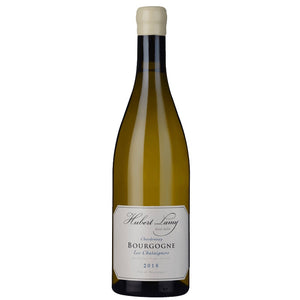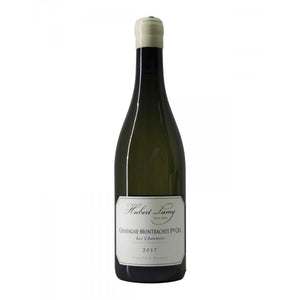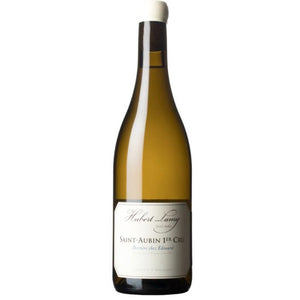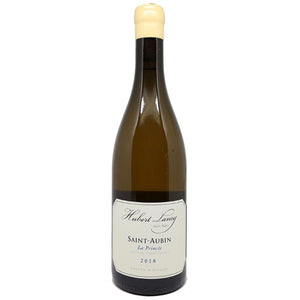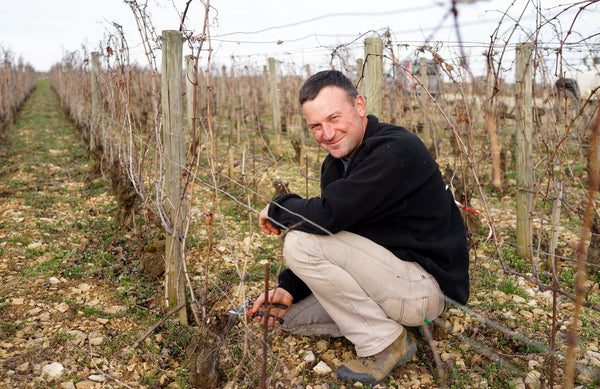
Hubert Lamy
The family of Olivier Lamy, one of the undisputed stars of the Côte de Beaune, has cultivated wine in the region since 1640. Named after his father Hubert Lamy, the winery founded in 1973 was initially 8 hectares in size, with orchards located mainly within the boundaries of regional appellations. In the 1990s, however, many changes took place on the farm, when Hubert was able to rent and buy today's renowned stables, such as Clos de la Chatenière, Derrière Chez Edouard, Murgers des Dents de Chien, Clos du Meix and Santenay Clos des Hâtes. He also planted En Remilly's nursery himself. Some of the acquired orchards were growing Pinot Noir, but Hubert changed the vines to Chardonnay, which he says was better suited to the orchards' soil type.
After studying winemaking and business sciences, Hubert's son Olivier Lamy joined his father on the farm in 1995. Olivier had worked on several farms before returning to Saint-Aubin, and had tasted widely wines produced around the world. With new, fresh ideas and ways of working, he began to further develop the operation of the family farm, both in the manger and in the basement. He stopped selling grapes to négociants and gave up his vines, which were in poor condition. He also started testing different planting densities to best bring out the characteristics of each plot. Today, the nurseries produce around 30-40 hl/ha, depending on the year.
Today, Hubert Lamy's estate covers 18.5 hectares of vineyards, 80% of which are planted with Chardonnay and 20% with Pinot Noir. The farms are located in the Saint-Aubin, Puligny-Montrachet, Chassagne-Montrachet and Santenay regions, under a total of 20 different appellations. Originally, the wines were made in a small space in the center of the village of Saint-Aubin, but after only a few years of working, Hubert started to build a new, larger space more suitable for winemaking, where the tanks could fit better. The farm was completed in 1981 and twenty years later it was further expanded into a three-story complex, where everything from receiving and sorting the grapes to vinification and cellaring of the wines takes place under the same roof.
Grape harvesting takes 2-4 weeks, depending on the year. All the grapes are picked by hand so that the bunches can be pressed whole. The estate's white wines are allowed to settle overnight in steel tanks before being transferred by gravity to 300-600 liter demi-muid barrels for the fermentation process. The amount of lees in the barrels is decided based on the taste of the juice, not by following recipes. Fermentation of the wines begins with the pied-de-cuve, which means that sulfur dioxide does not need to be added at the beginning of winemaking. The stems of the red grapes are removed. The wines ferment in cement tanks, which is followed by about 18 months of aging in oak barrels. New barrels for the farm were last bought in 2014 and 2018. Olivier is doing various experiments trying to keep the total sulfite content as low as possible. For the same reason and to reduce bottle variation, Olivier uses DIAM corks for his white wines.
The farm's annual production is 60-100,000 bottles, depending on the vintage.
http://www.domainehubertlamy.com/

